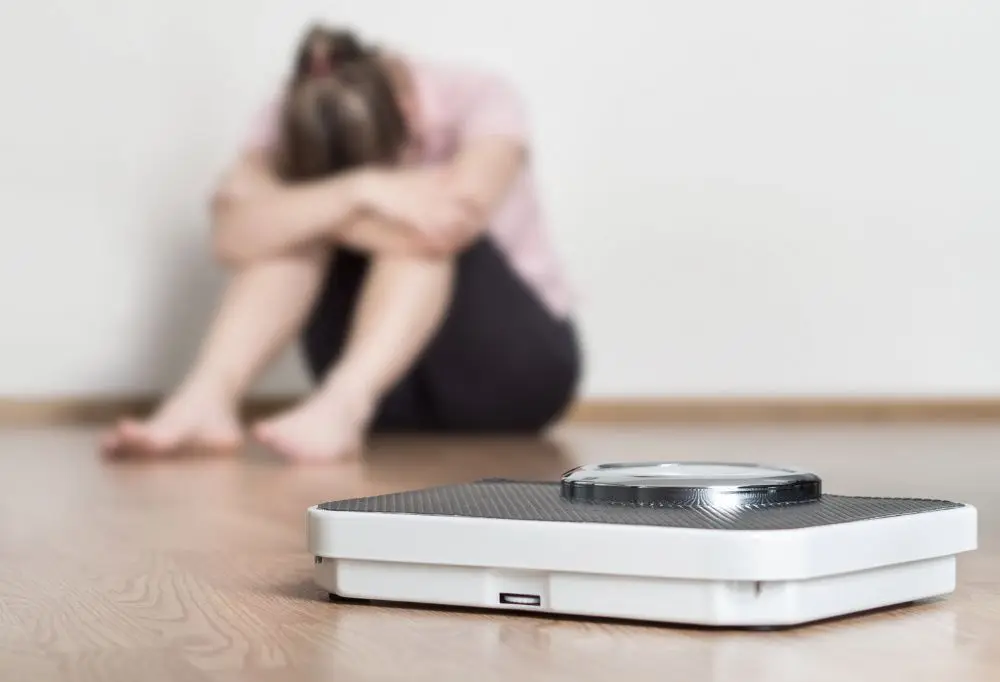Reviewed by Kristen Reynolds, MD of Forum Health Mequon and Forum Health Brookfield
At-A-Glance
- When you are exposed to biotoxins, your body perceives them as dangerous and foreign, and has an immune response to eliminate them from the body.
- Most conventional doctors are not familiar with mold illness and CIRS despite objective lab markers and effective treatments.
- Chronic inflammatory response syndrome (CIRS) is a chronic, complex health condition found in genetically susceptible individuals and initiated by exposure to biotoxins that often present as fatigue and can affect virtually any part of the body.
You may already know that inflammation is a warning sign of something off in the body. In short duration, inflammation works to fight off infection or a harmful substance that’s entered the body. However, when inflammation is prolonged over time and becomes chronic, it can begin to impact your immune system, organ function, and lead to more serious illness.
How Toxin Exposure Can Lead to Chronic Inflammatory Response Syndrome
A biotoxin is any toxic substance produced by microorganisms, plants, or animals. These can also include mold, household cleaners, pollution, and more. When you are exposed to these harmful substances, your body perceives them as dangerous and foreign, and has an immune response to eliminate them from the body.
Over time of being exposed to toxins, you may begin to experience symptoms including:
- Headache
- Brain fog
- Memory impairment
- Abdominal pain
- Generalized pain
- Photosensitivity
Chronic inflammatory response syndrome (CIRS) is a chronic, complex health condition found in genetically susceptible individuals and initiated by exposure to biotoxins that often presents as fatigue and can affect virtually any part of the body.
There are many triggers for CIRS, and they are not limited to mold. Triggers for CIRS may include mycotoxins (mold) and actinomycetes (bacteria) from water-damaged buildings, Lyme and other infections, algae (dinoflagellates such as Pfiesteria), toxins from reef fish (Ciguatera), insect vectors, particulates, volatile organic compounds (VOCs), endotoxins (toxins released from bacteria) and more.

Common Conditions that May Mimic CIRS
Unfortunately, most doctors are not familiar with mold illness and CIRS despite plenty of science, objective lab markers and effective treatments to support the existence of this syndrome.
Sadly, many patients are told that their complex symptoms are in their head and when left untreated, CIRS often becomes debilitating.
The following are syndromes or illnesses that CIRS patients are often mislabeled with:
- Chronic Fatigue Syndrome
- Fibromyalgia
- Depression
- Anxiety
- ADHD
- Alzheimer’s
- PTSD
- Allergies
- Multiple Chemical Sensitivities
- POTS/Dysautonomia
Diagnosis and Treatment Options for Chronic Inflammation Response Syndrome
Accurate diagnosis is key to getting the proper treatment and forging a path to healing from CIRS.
First, you must consider that mold can be anywhere. It is most often associated with wet buildings such as damp basements; however, it can be hidden in walls due to slow, invisible leaks in plumbing, and any array of places in a home or workspace. Also remember that there are many triggers for CIRS other than mold. When working with your provider, you should be thorough in exploring where you are likely exposed to toxins and provide a thorough health history.
Recognizing CIRS Symptoms
Screening positive for 8 or more of the following 13 symptom clusters supports the diagnosis of CIRS:
- Fatigue or weakness
- Headaches
- Aches or Muscle Cramps
- Unusual Sharp, Clawing, Electrical or Icepick Pain(s)
- Light Sensitivity, Red Eyes, Blurring, Tearing
- Shortness of Breath, Cough, Sinus Issues
- Abdominal Pain, Diarrhea, Bile Acid Reflux
- Joint Pain, Morning Stiffness
- Issues with Memory, Concentration, Word Assimilation, Confusion, Disorientation
- Mood Swings, Appetite Swings, Sweats, Temperature Dysregulation (hot/cold)
- Thirst, Frequent Urination, Static Shocks
- Numbness, Tingling, Taste Abnormalities
- Vertigo, Tremors, Skin Sensitivity to Light Touch
Another test your provider will recommend is a visual contrast sensitivity test (VCS). This test measures the brain-eye connection and the ability to see contrast or an edge. You can access it by contacting our office.
Obtain bloodwork that includes MSH, VIP, serum osmolality, VEGF, MMP-9, complement C4a and transforming growth factor beta (TGF-beta). These labs may be challenging to get in the regular health care setting; however, your functional or integrative practitioner at Forum Health can obtain an order for these and interpret.
Finally, consider urine mycotoxin testing. This is a relatively inexpensive test not typically covered by insurance that your Forum Health provider can also facilitate.
Ready to learn if your symptoms may be CIRS or Biotoxin Illness? Schedule a consultation with a provider today.
Once you suspect that you may be heavily exposed to toxins in your environment, you can begin to remove the exposure.
First test your living space for mold. Be sure to find a reputable environmental mold specialist. If your home is free of mold, consider testing your workplace or your car. Remember that exposures other than mold might be your trigger, and consider exploring those actinomycetes, underlying infections, and other toxins.
Begin the “Push-Pull protocol that works in two stages:
- Push Phase: This phase involves using supplements and therapies to “push” toxins out of the body. This may include using binders such as activated charcoal, bentonite clay, or cholestyramine to bind to toxins in the gut and facilitate their elimination. Other supplements may be used to support liver function and enhance detoxification pathways.
- Pull Phase: The “pull” phase focuses on supporting the body’s natural detoxification processes. This may include using nutrients and herbs that support liver function, such as milk thistle, N-acetylcysteine (NAC), and glutathione. Additionally, supporting the kidneys and lymphatic system may be part of this phase.
Many CIRS practitioners simply prescribe binders, such as cholestyramine or colesevelam (Welchol) to bind mold toxins, which works for some patients.
Remember that mycotoxins are just that: toxins. Your body will not allow them to just float around in your bloodstream, but instead your body will store these toxins in cells and tissues. Dr. Jill Carnahan was one of the first to bring to light the idea that mold toxins need to be pushed out of tissues and then captured with a binder to be pulled out through the stool.

Next, utilize supportive therapies such as:
- Glutathione: one of the body’s main antioxidants and detoxification compounds and it is a helpful addition to the Push-Pull protocol
- Hyperbaric Oxygen therapy (HBOT): helps eliminate mold illness symptoms and improves genetic expression
- Medical Ozone: is beneficial in killing off any fungal colonization in the body, turning on detox pathways and enhancing the body’s own capacity to heal
- (Patricia Kane) PK protocol: is a lipid exchange that helps to push toxin-ridden lipids (fats) out of cell membranes and replace them with healthy lipids; this is typically a combination of IV and oral alpha lipoic acid (ALA) and phosphatidylcholine (PC).
Address colonization. It is quite possible that mold, fungus, or yeast can colonize in various areas of the body, most notably the sinuses and the gastrointestinal tract. Nasal swabs and other functional medicine tests such as organic acid tests (OATs) can be done to assess for colonization.
Mold, yeast, or fungus can be treated with prescription anti-fungals such as fluconazole and nystatin, or with herbals such as monolaurin from coconut and others.
Finally, consider vasoactive intestinal peptide (VIP) nasal spray – a neuropeptide that is often suppressed in mold/CIRS. VIP acts as a chemical messenger to decrease inflammation, modulate hormone levels and regulate the immune system. It is considered by many experts to be the final step in treating mold/CIRS, as it also changes genetic expression so that one is less prone to illness with future triggers.
You can overcome chronic inflammation and regain optimal health!
Understand that CIRS is a complex condition that must be addressed to heal from other chronic conditions. Even if you have already received another diagnosis but are still struggling with chronic inflammation symptoms, get a second opinion from your Forum Health provider.
There is hope and you can reclaim your health from chronic inflammation!
Learn how to get started today by scheduling a free 15-minute consultation with a health advisor.






